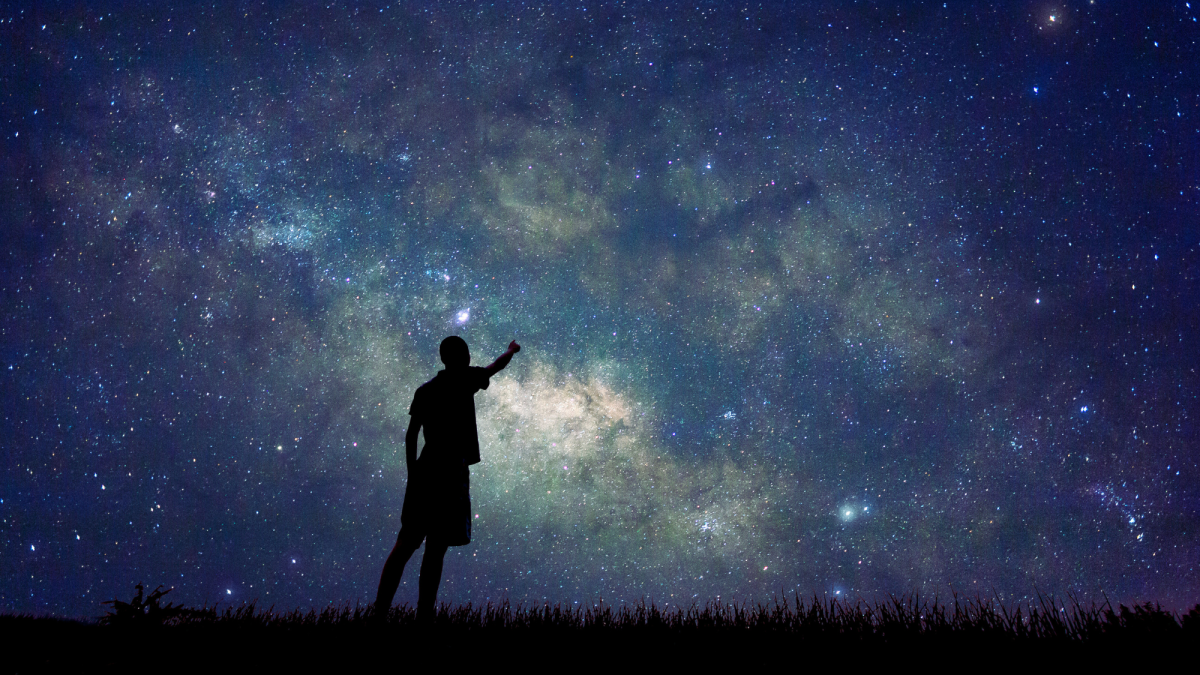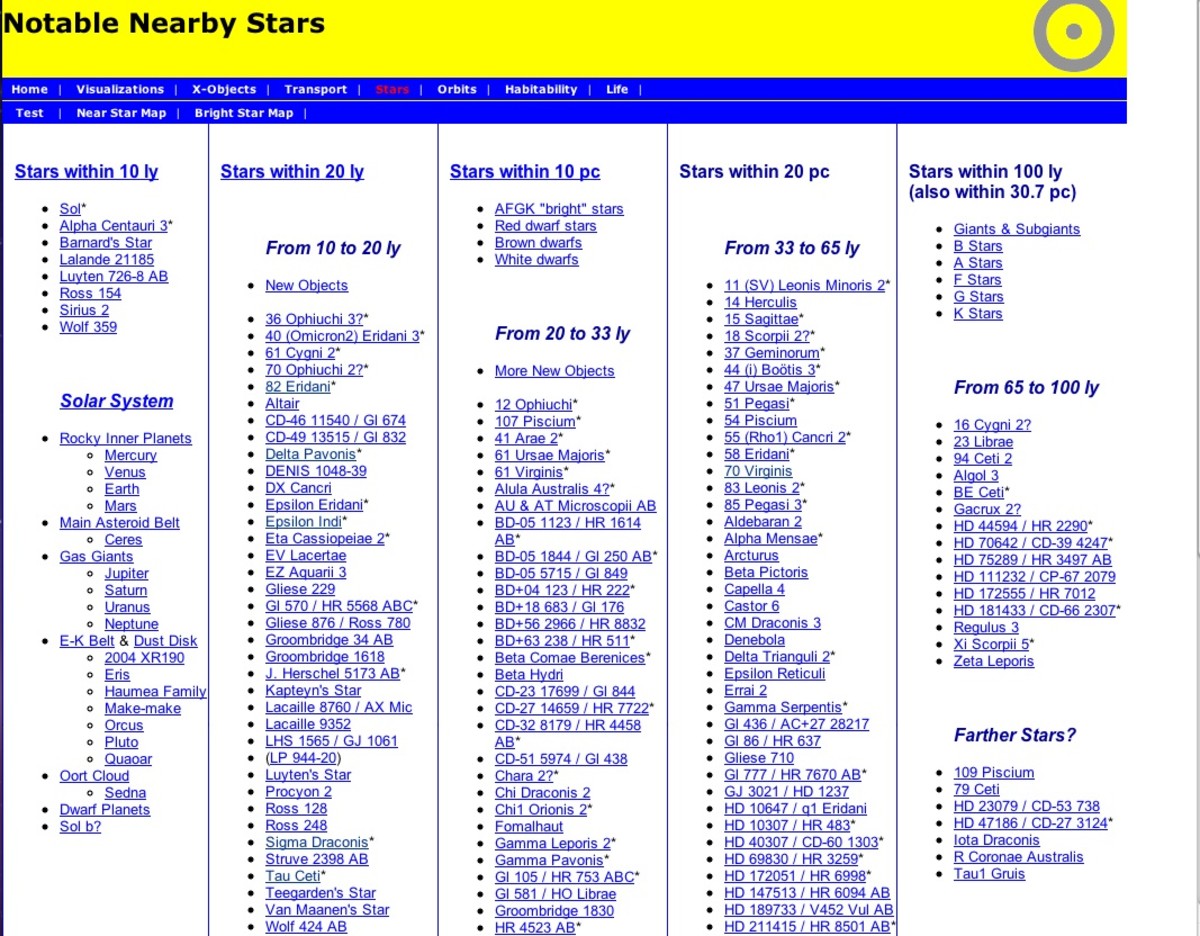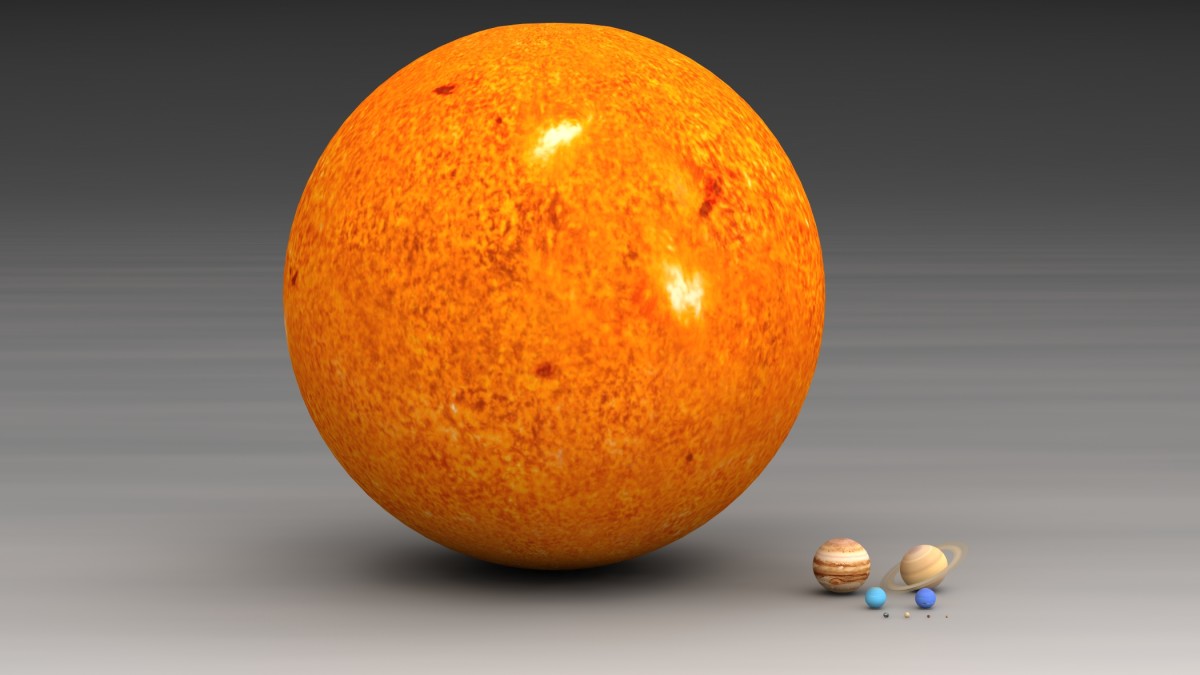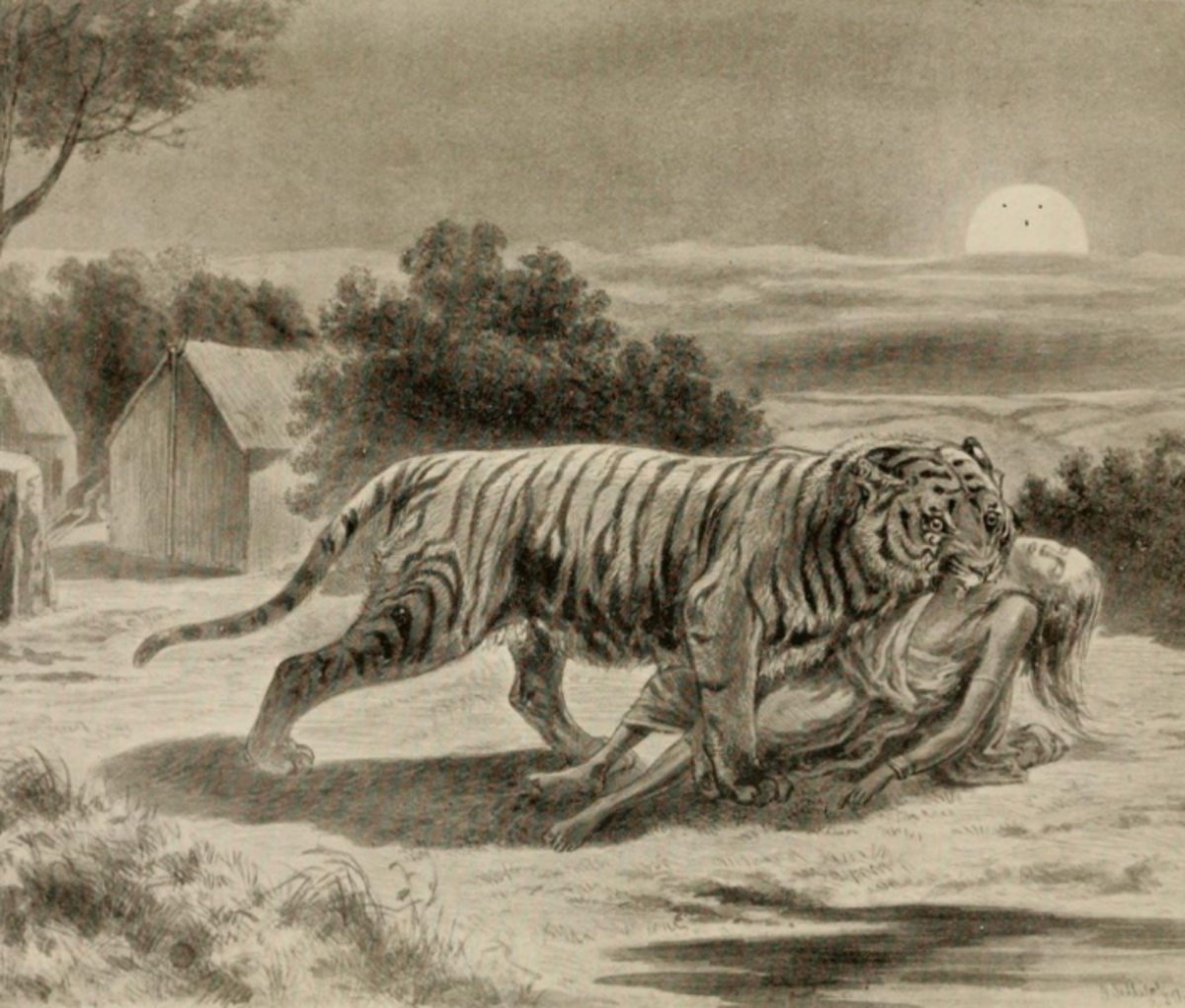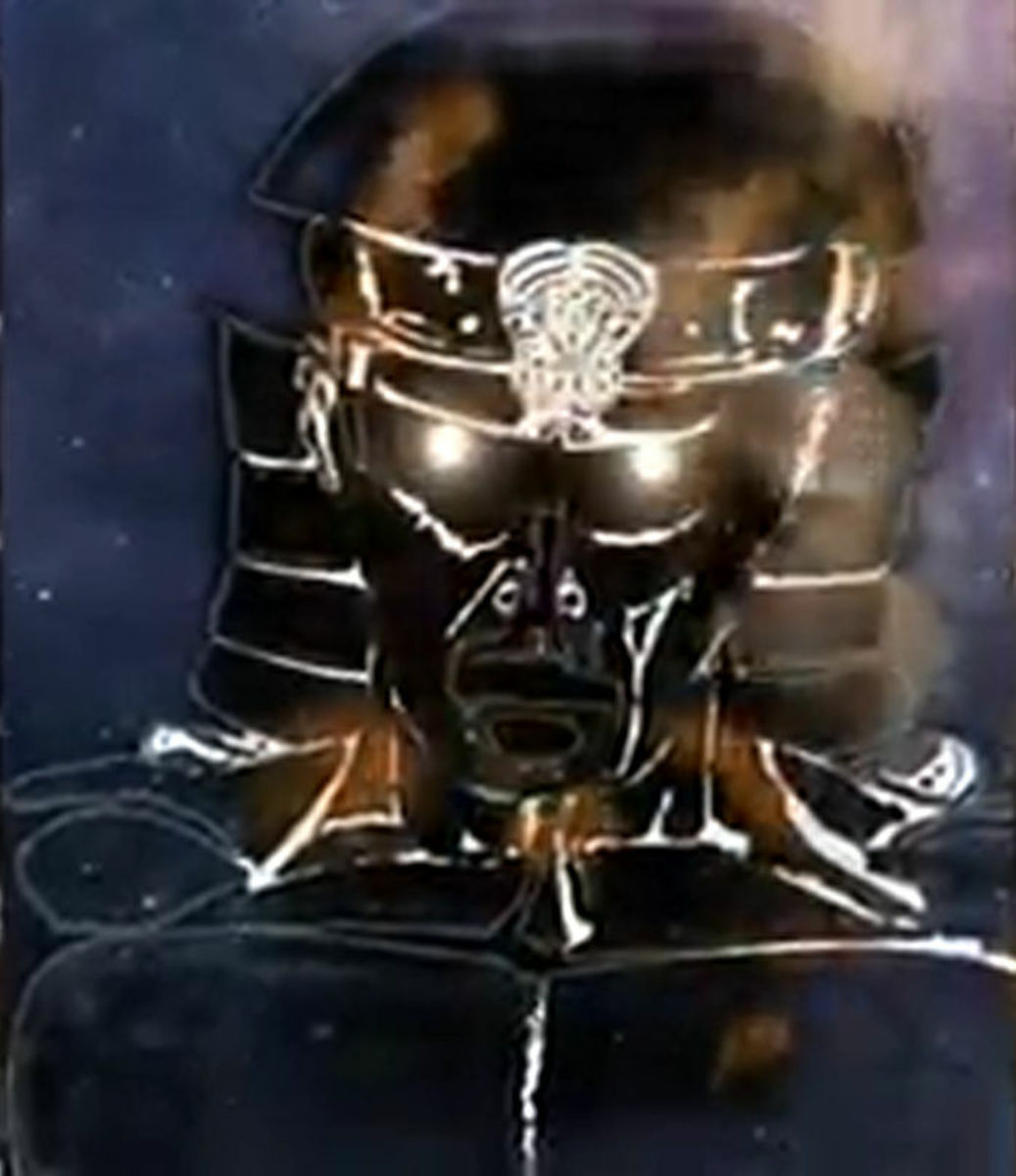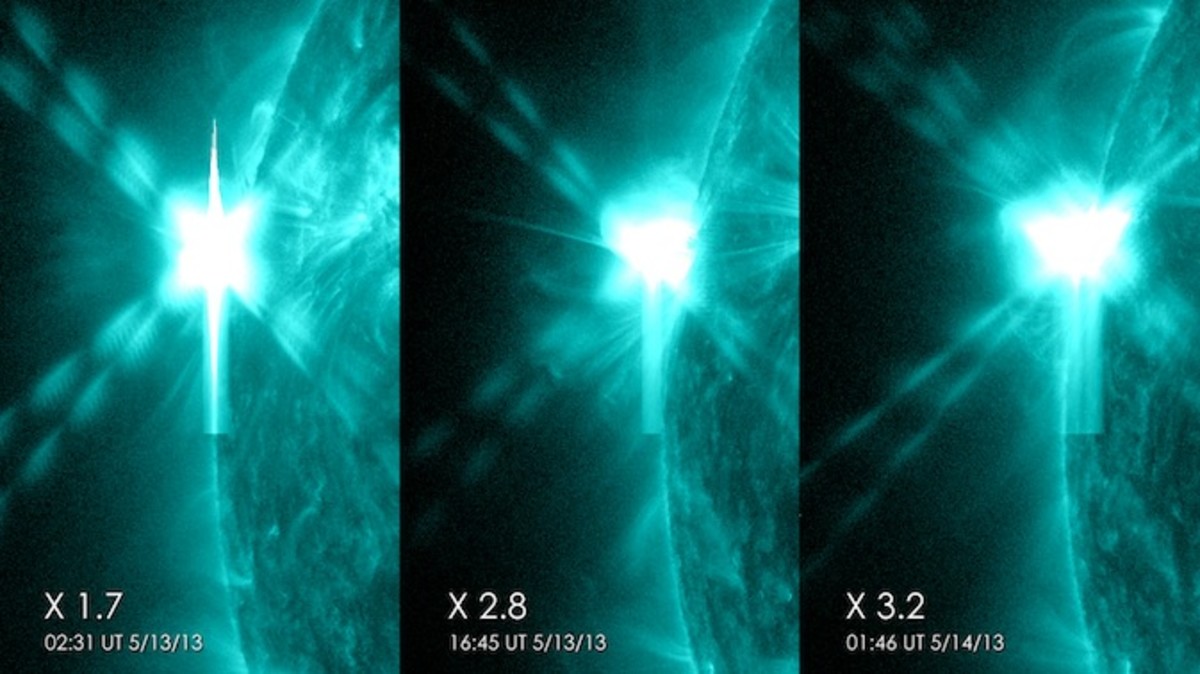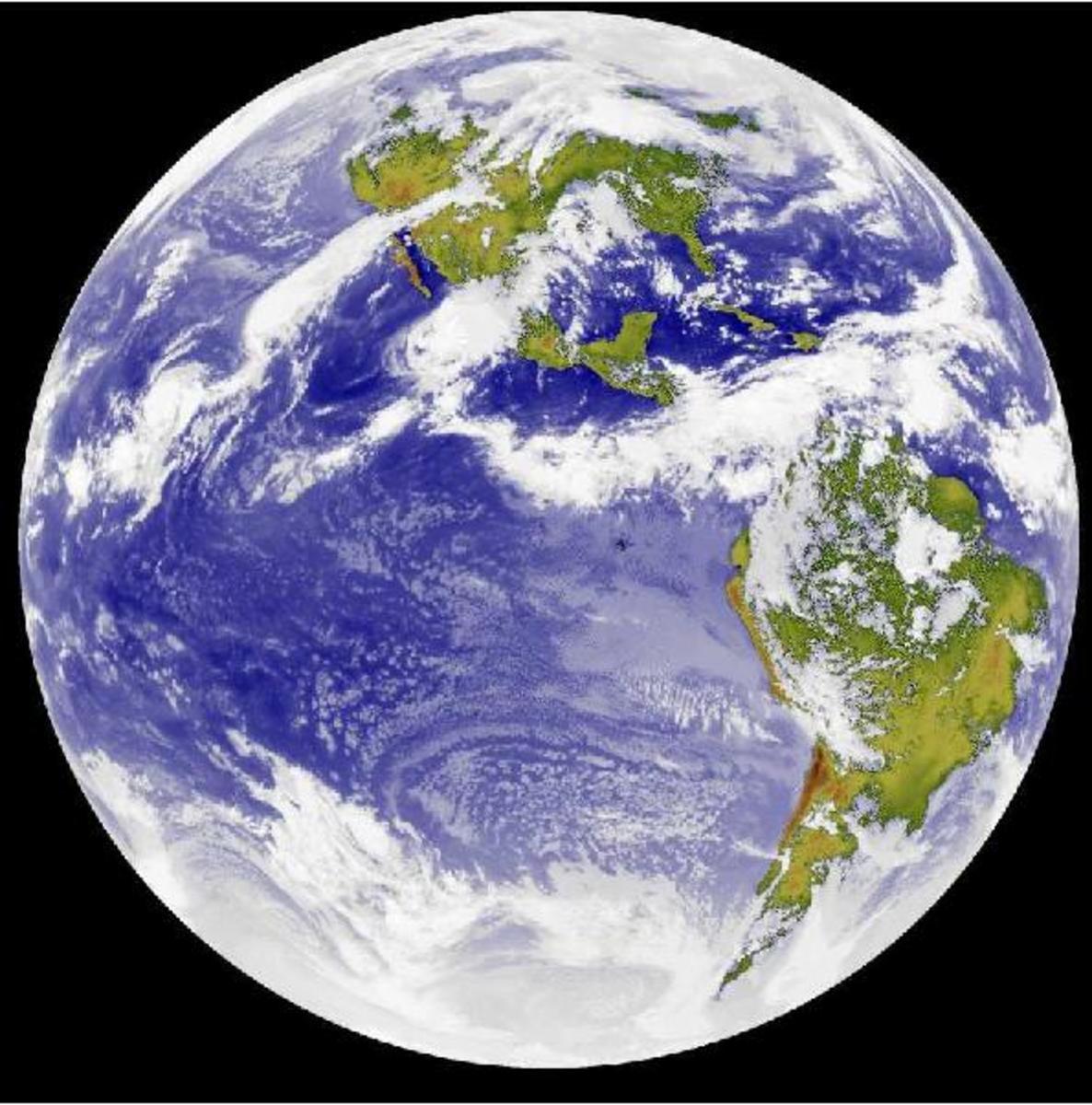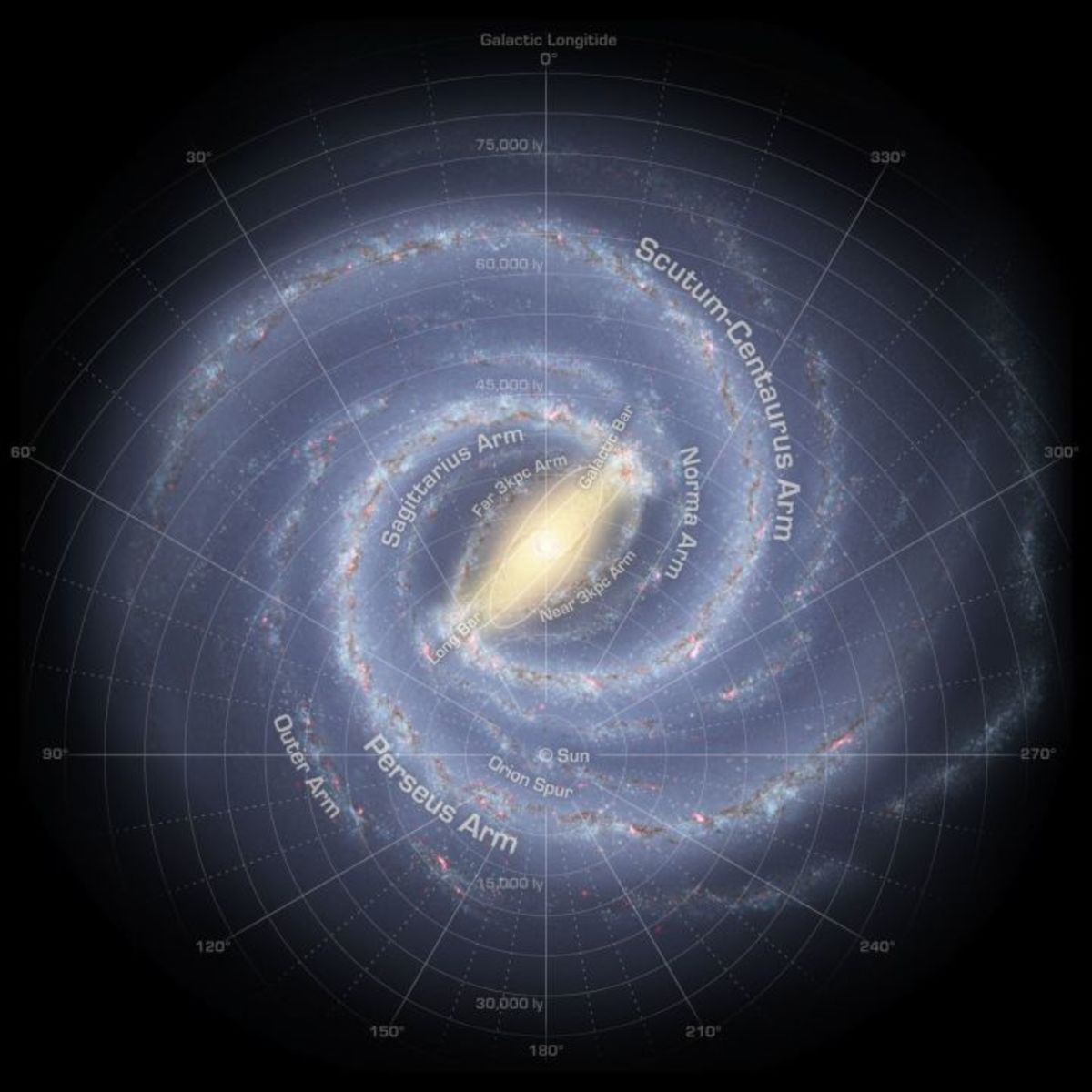"We Are Made of Star Stuff".....(and Comet Stuff)
Billions of Stars
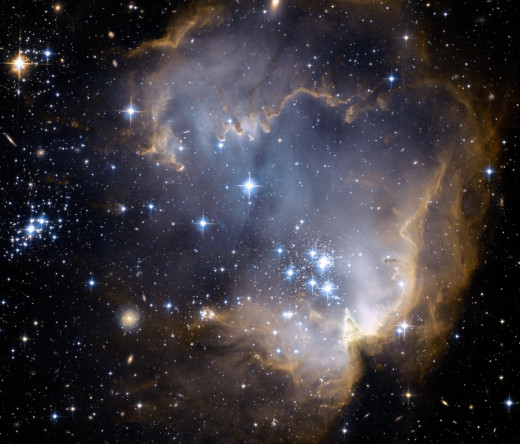
Who Is Carl Sagan Anyway?
Here is the complete quote:
“The nitrogen in our DNA, the calcium in our teeth, the iron in our blood, the carbon in our apple pies were made in the interiors of collapsing stars. We are made of starstuff.”
These words come from Carl Sagan the noted astronomer, astro-physicists and cosmologists, who penned this in his 1979 book, called Cosmos. This popular non-fiction work dealt with the spectacular universe that surrounds our tiny solar system and minute planet. This groundbreaking publication helped launch Sagan's career as TV narrator and went a long ways towards making Sagan the most famous scientist of the 80s. With guest appearances on Johnny Carson's Tonight Show and his hiring as a NASA consultant, Carl had become a household name, when he died of pneumonia in 1996 at age 62.
Cosmic Valentine
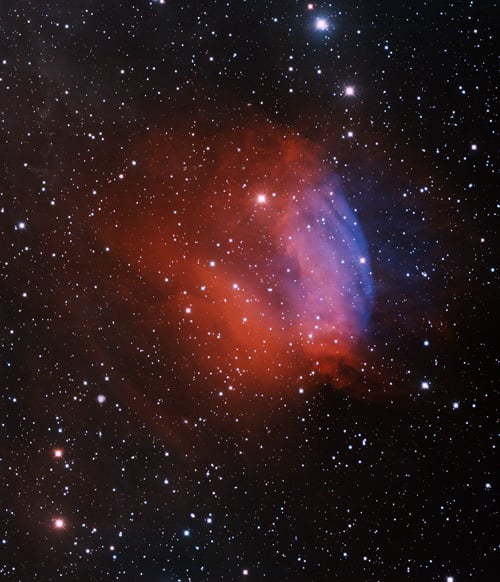
The Science Behind the Quote
Stars come in all sizes and they have a lifespan that can be measured in billions of years. At 4.5 billion years, our sun is a relatively young star, for overall, it has a life expectancy of about 10 billion years. Currently, the sun is classified as a yellow dwarf, but before it dies our nearest star will grow and become a red giant. Then, when it dies, the heavenly body will shrink and cool into a white dwarf. However, due to its relatively small size, the sun will not explode or send debris into outer space. That kind of fiery event occurs in larger stars, where much stronger forces come into play when the star dies.
Since a young star contains only hydrogen and helium, these elements must undergo incredible transformations, at extremely high temperatures in order to change into other elements. These changes occur only after a star has lived a long time and is about to die. At this point in time, thermal forces become super intense, so they can create heavier elements like carbon, nitrogen, calcium and iron. In fact, the heaviest elements like iron, silver and nickel are created in the largest stars.
Stardust Is Everywhere

Stardust In Our Collective Unconscious
"We all fell down from the Milky Way
Hangin' round here till Judgment Day
Heaven only knows who's in command" lyrics by Jimmy Buffett from Barefoot Children In the Rain
References to our extra-terrestrial origins are found throughout popular culture, even in past eras when the origin of our basic elements was not clearly understood. Joni Mitchell used the phrase "We are stardust".....in her hit song, entitled Woodstock. Whether the Canadian folksinger understood the astrophysics of stardust is unknown, but her passage does convey our current understanding of the subject matter.
Further research reveals that Carl Sagan was not the first to use the word combination, "star stuff". Going back as early as 1917 and 1921 several scientists used the same pair of words in a spiritual sense to describe our precious life here on the planet earth. At the time, astronomers were just beginning to understand that there were many types of stars that could be identified by the kind of light they emitted. Yet, they had come to the conclusion that exploding stars could have littered our young planet with stardust.
A Dirty Snowball
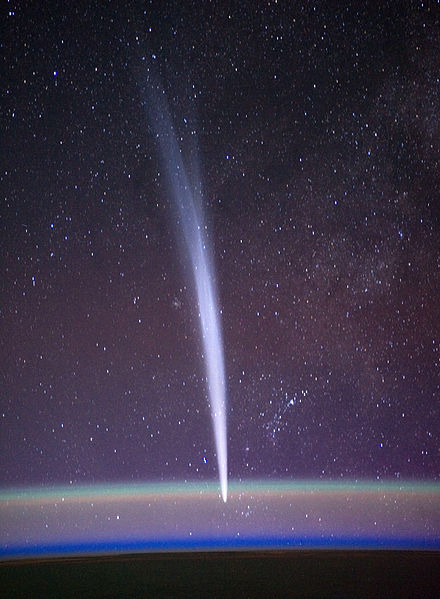
What Comets Have Brought To Our Planet
For many years it has been believed that comets bought most of the water to our planet. This scenario is quite plausible, especially when one considers that a comet consists of 80 per cent water. Still the question remains where did the comet get its water. Most recent research and scientific speculation suggests that the precious liquid was first created in the natural furnace of collapsing stars and then consolidated when a comet was formed. In the end it is possible that our planetary water supply may have had several sources.
Strange Beginnings
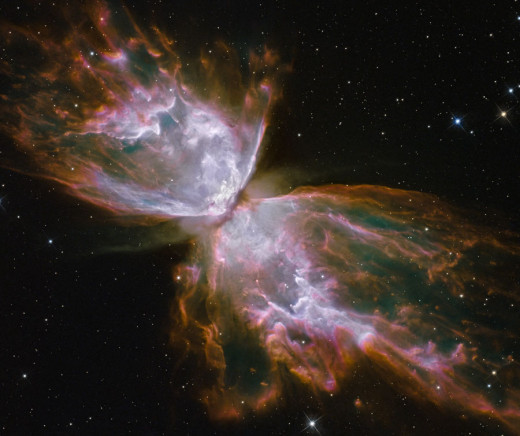
Where Stars Are Born
A nebula is an interstellular cloud of hydrogen, helium, gas and plasma. Over long periods of time these bits of matter undergo a gravitational attraction to each other and as a result the cloud grows tighter. This process continues until the mass gets so dense that finally nuclear fusion begins to occur. And so a star is born.

